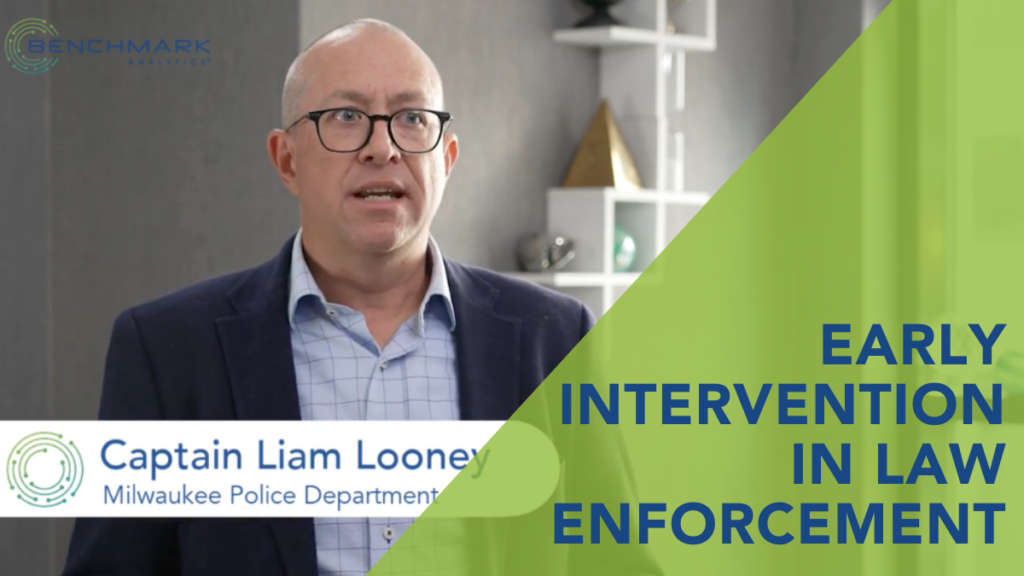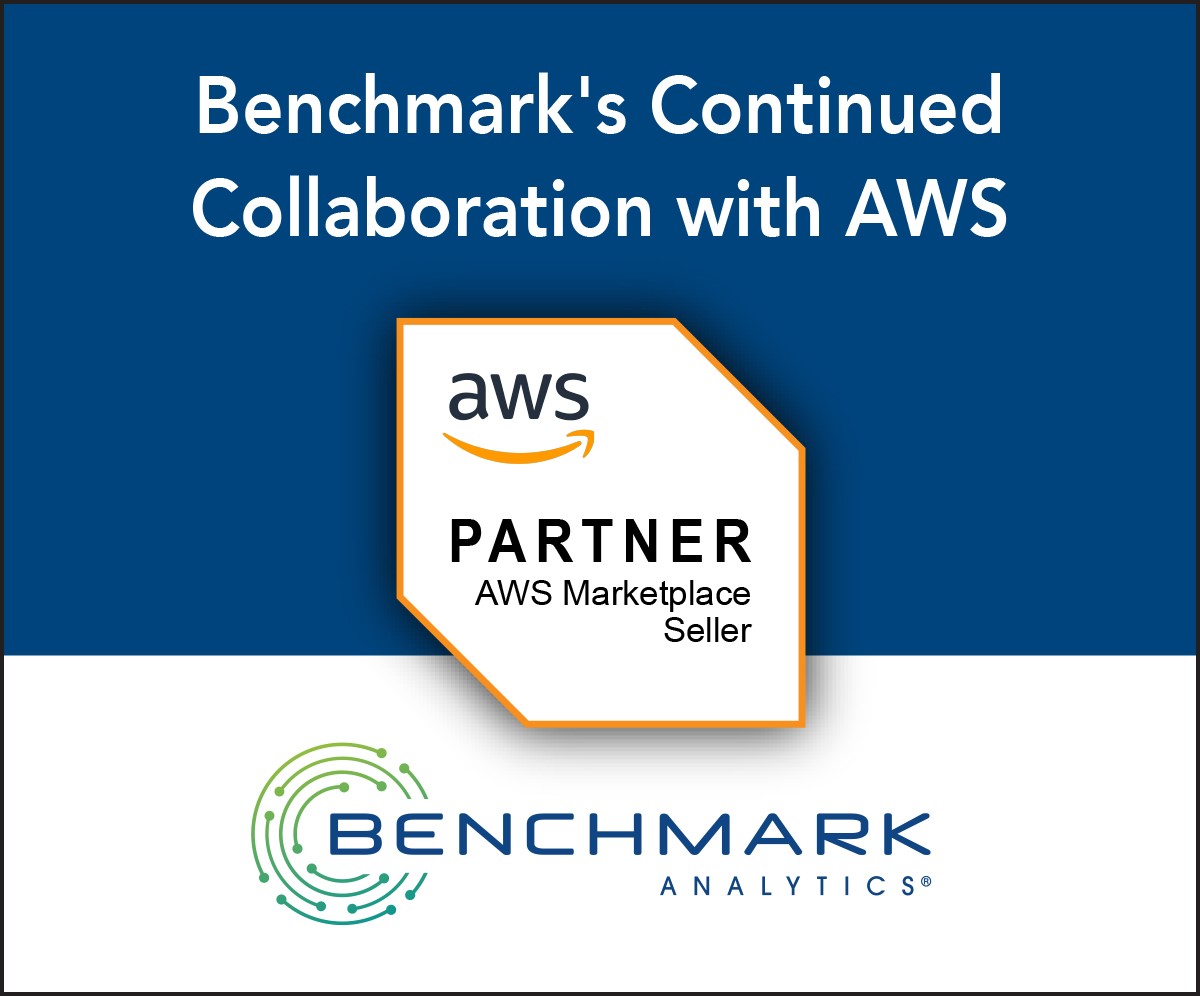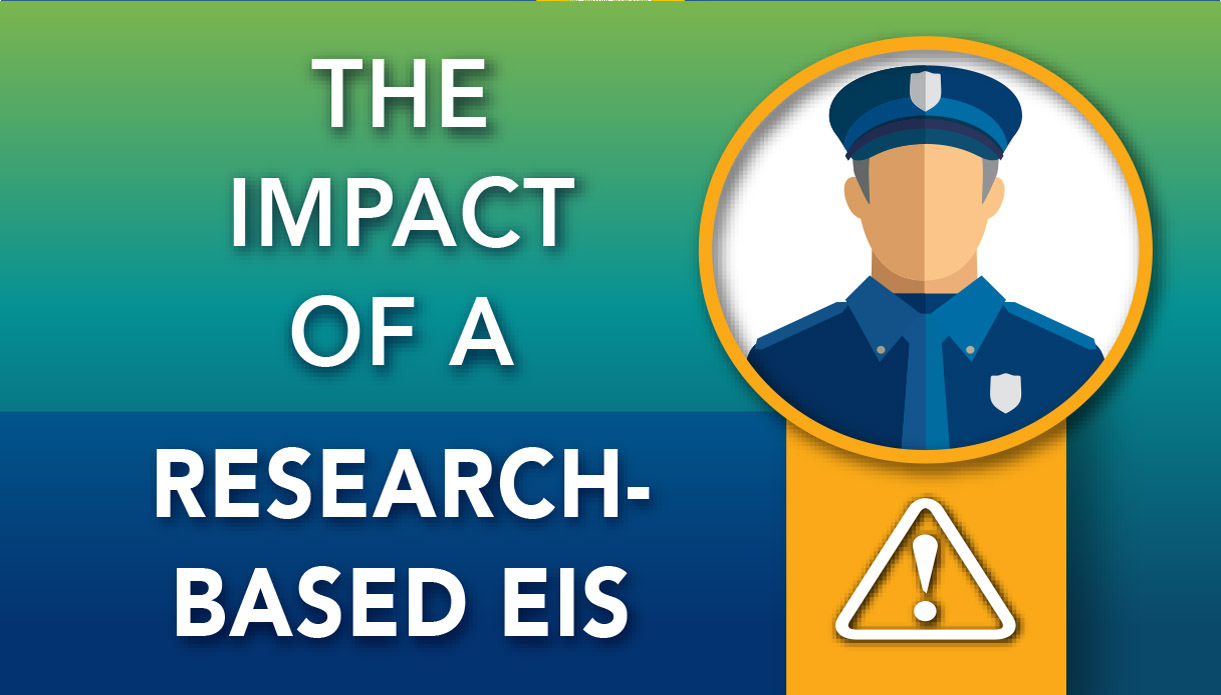Benchmark Blog
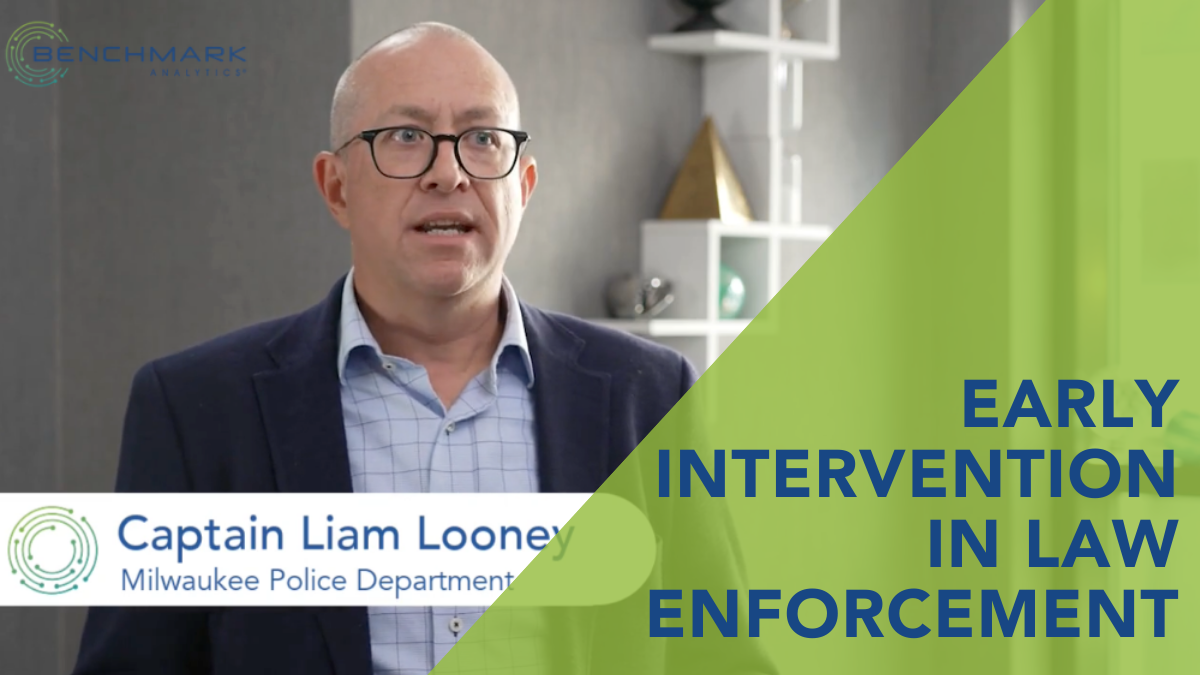
Law Enforcement Personnel Management
Early Intervention in Law Enforcement: Captain Liam Looney – Milwaukee PD

Law Enforcement Personnel Management
Leading the Charge: Why Public Agencies Must Pioneer Technology Adoption
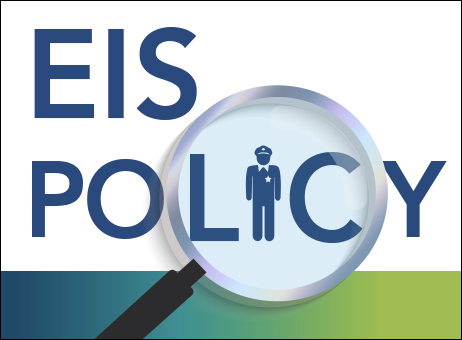
21st Century Policing
Early Intervention Systems: The Impact of Establishing Best Practice Policies
Ready to Experience the Benchmark Difference?
Benchmark Analytics and its powerful suite of solutions can help you turn your agency’s challenges into opportunities. Get in touch with our expert team today.



